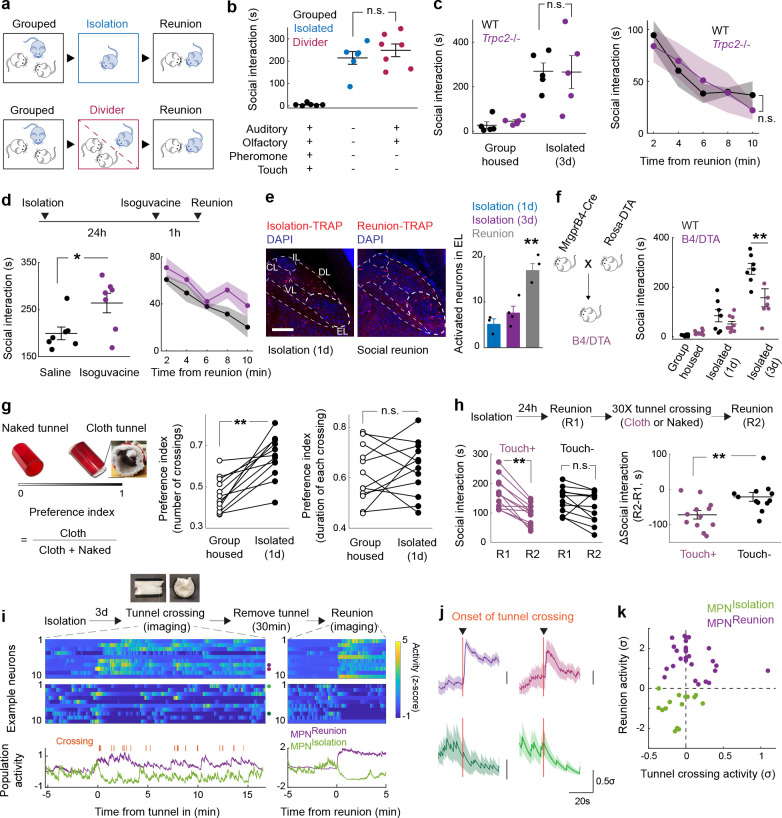Figure 5. Sensory basis of social need and social satiety.
a-b, Sensory contribution to social rebound, n=6 for standard isolation, n=7 for divider experiments, “+” and “−” indicate the presence and the absence of a given sensory modality, respectively. c, Social rebound and satiation in Trpc2−/− mice, n=5. d. Total time of social interaction following isolation with acute inhibition of touch sensation following i.p. injection of isoguvacine before social reunion, n=7. e, Representative images and quantification of neuronal activity in PBN subnuclei (EL, external lateral; IL, Internal lateral; CL, central lateral; VL, ventral lateral; DL, dorsal lateral) during social isolation and social reunion, n=3–4 in each condition. Scale bar, 200μm. f, Effect of genetic ablation of Mrgprb4 neurons using DTA on total time of social interaction following various durations of isolation, n=6–8 for each condition. g, Preference of mice for crossing cloth over naked tunnels during group housing or following isolation, n=12. h, Effect of cloth or naked tunnel crossing on social rebound, n=12. i, Gentle touch modulates the activity of MPNReunion (n=27) MPNIsolation neurons (n=15), n=2 mice. Purple and green curves represent average activity of MPNIsolation and MPNReunion neurons, respectively. j, Example neurons that are activated (n=2, upper) or inhibited (n=2, lower) by cloth tunnel crossing. k, Neuronal activity (z-scored) during social reunion and cloth tunnel crossing. Dots represent single neurons. b, e, Kruskal-Wallis test; c left, d left, f, h right, Mann–Whitney U test; c right, d right, Two-way ANOVA; d left, g, h left, Wilcoxon signed-rank tests; n.s., not significant; *p<0.05, **p<0.01. All shaded areas and error bars represent the mean ± s.e.m.

